I have the following table:
tbl
source type date
--- --- ---
google A 2010-02-25
google A 2013-04-11
facebook C 2008-10-22
facebook C 2007-01-28
I want to keep only a single entry of each source, and the criteria is select the source tuple with min(date) group by source. The table consists of millions of records, and I'm looking for an efficient way to delete redundant records.

